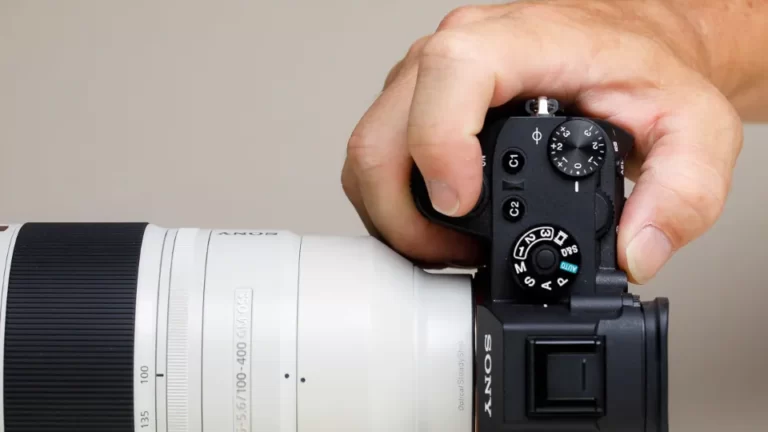There’s something that has baffled me ever since Sony entered the mirrorless market with both guns blazing: why doesn’t it make a proper professional camera body?
I am aware of the powerful Sony A1 flagship model, yes. There was also the Sony A9 II that came before it. And the Sony A9 that preceded that. However, despite these ranking among the best professional cameras, they’re all missing the same key feature that makes for a true professional camera.
So I ask: why doesn’t Sony make a “pro DSLR-style” camera body, with an integrated vertical grip, exposure controls and bigger battery capacity?
It’s something that Canon, Nikon and even OM System (Olympus) all implement on their pro models, and is something that’s considered essential by many professional photographers.
Perhaps it’s the “DSLR” bit of “pro DSLR-style” body that scrambles Because mirrorless cameras are supposed to be more compact and lightweight. There is a reason, though, why professional cameras historically have required the extra weight of an integrated grip with more controls and a more robust battery life.
It was available with the Canon EOS-1D X Mark III. The Nikon D6 had it, but so do Canon and Nikon’s mirrorless professional bodies – as it is regarded as essential for professional use to be able to use a camera in both orientations, for longer periods of time, with a body that balances well with large pro lenses. As a result, both the Canon EOS R3 and Nikon Z9 have larger bodies.
Once more, the smaller and lighter design of mirrorless is one of its main benefits, or, more precisely, one of the main arguments used to persuade customers to upgrade their otherwise perfectly adequate equipment. Sony had to set the original A9 apart from the hefty pro DSLRs of the time when marketing it.
You’d be surprised to learn that mirrorless cameras can also be large and bulky if necessary. The professional DSLR-style Olympus OM-D E-M1X was introduced when Olympus (now OM System) reviewed its own line of professional cameras. And that was a Micro Four Thirds camera, for heaven’s sake, whose single biggest selling point is that it’s smaller than any other camera system on the market.
So why doesn’t Sony follow suit? Why is it necessary for working professionals to purchase an additional grip to make the A1 ergonomically fit for extended shooting in portrait mode and physically large enough to support those massive pro lenses? Why do they need to spend extra money on a battery so they can shoot in the field for longer periods of time?
I understand because, for my own use, I favor small cameras. However, when I’m working with a massive 600mm f/2.8 lens, I’m going to need a vertical grip with controls and a large battery to avoid changing out batteries frequently throughout the day (especially with Sony’s smaller, lower-capacity batteries).
Come on Sony, we all know the A9 III will arrive eventually. For all the working professionals out there who require it, give it a professional DSLR-style body.
Read More: Best Sony Camera For Video
Source: digitalcameraworld





